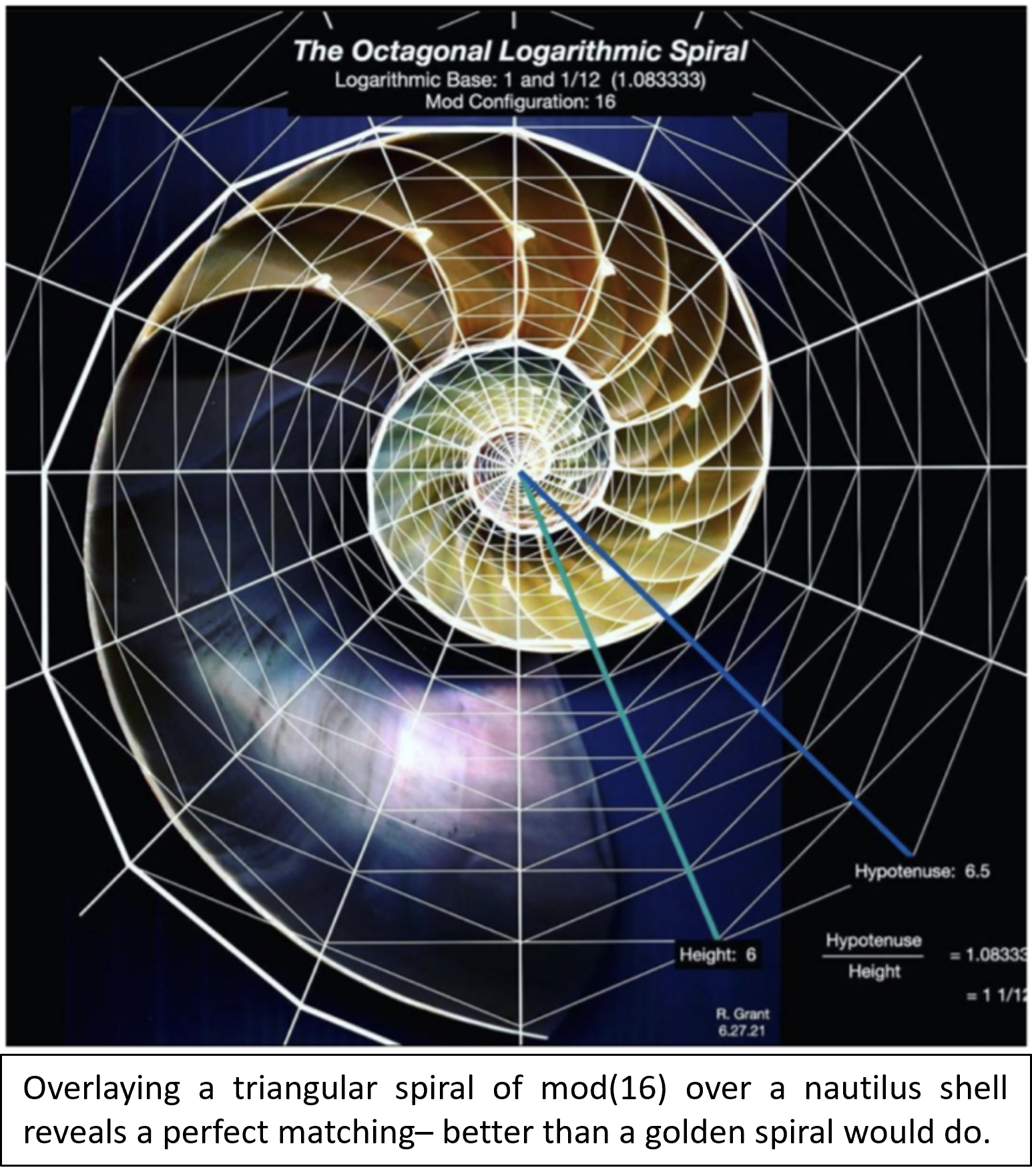Science News
& Faculty Articles
Researchers Discover a Theoretical Correspondence Between Topology and Quantum Entanglement

Credit: Courtesy of Charles Kane
By Amal Pushp, Affiliate Physicist at the Resonance Science Foundation
Topology is a branch of mathematics concerning the properties of geometric objects and their shapes. These properties are essentially invariant under continuous deformations such as stretching, twisting, etc. Entanglement on the other hand is purely a physical phenomenon wherein two particles can influence each other instantaneously irrespective of the spatial distance between them.
In new research published in the journal Physical Review X, Charles Kane, who is the Christopher H. Browne Distinguished Professor of Physics in U. Penn's School of Arts & Sciences established a conceptual duality between topology and entanglement along with his collaborators [1].
Consider a sphere and a donut. The difference between the two lies in the fact that a donut, which has a toroidal topology, is specified by a single hole whereas there are no holes in a sphere. In this sense, a coffee mug...
A New Signature of a Multiply Connected Universe

By: William Brown, Biophysicist at the Resonance Science Foundation
Scientists have measured an upper-bound to the size of the Universe using the Cosmic Microwave Background (CMB) temperature gradient field [1]. The results show that the universe is most likely multiply connected, which means that it is finite, and the topology is such that it closes back in on itself—such that on the largest scale the universe has the geometry of a torus (and has a global positive curvature). This is contrary to the conventional cosmological models of the universe that model it as spatially infinite and topologically flat—assumed parameters that the researchers of the latest study demonstrate do not match the CMB temperature gradient data.

If the universe were spatially infinite and topologically flat, then the temperature fluctuations seen in the CMB would occur across all size scales—however this is not what is observed in the data. If, instead, the universe has a finite size...
Novel Geometric Model Allows for Better Categorization and Prediction of the Properties of Natural Spiraling Phenomena

By: William Brown, Resonance Science Foundation biophysicist
Robert Grant and his research team Talal Ghannam and Amanda Kennedy have published a study describing a novel class of triangular spirals based on right triangle polygonal modular formations. These new forms are shown to match many natural spiraling phenomena better than any previously proposed model. The improved model will allow for better categorization and prediction of the properties of numerous spiraling formations manifested in the natural world, and hints at a possible fundamental role for right triangular geometry in morphogenesis and the natural laws of the physical universe.

Spiral formations abound in nature, from the micro to the macro, from the spiraling oscillation of electromagnetic waves, to molecules like the information-carrying polymer of DNA, to the body patterning of organisms, tornadoes, hurricanes, planet-sized vortices on...



